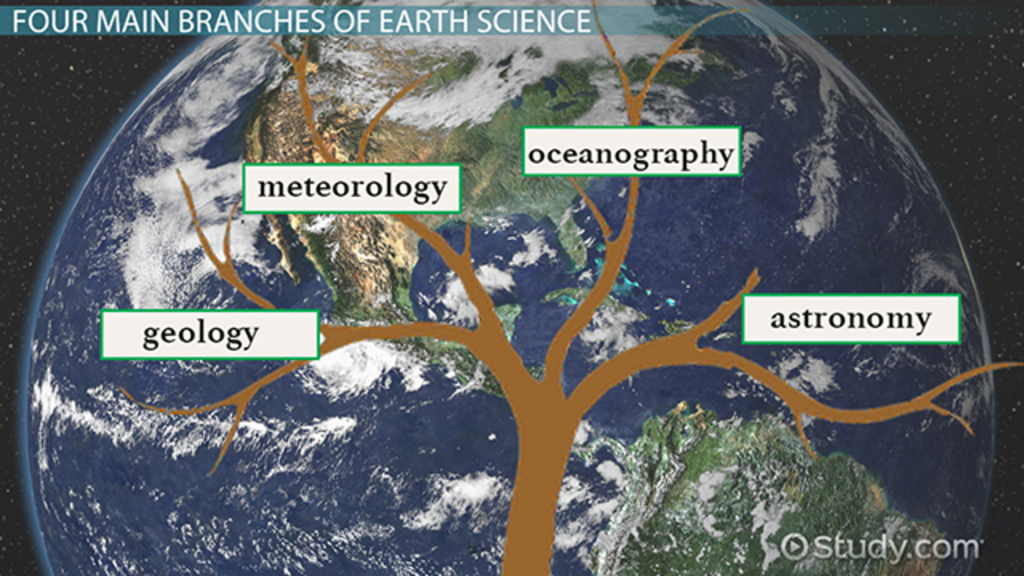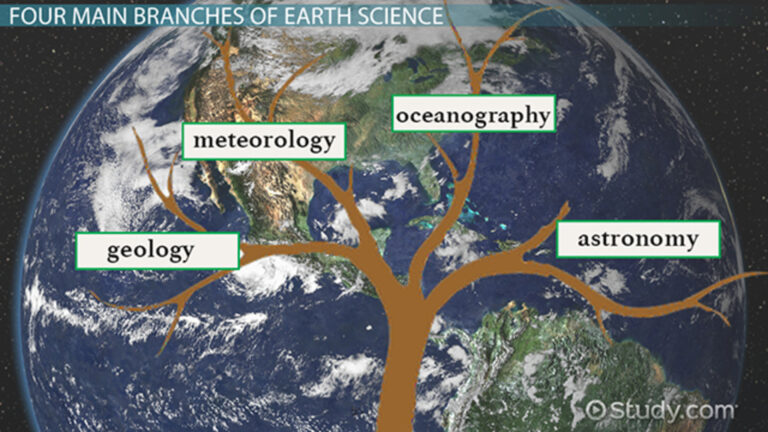
Earth Science Topics
Introduction
Earth science is the study of our planet’s structure, processes, and natural systems. It helps us understand how the Earth was formed, how it changes over time, and how living beings depend on it. From the deepest oceans to the highest mountains, Earth science explores every aspect of the planet. It combines different branches of science like geology, meteorology, oceanography, and astronomy to explain how Earth functions as a dynamic system. Understanding earth science topics is essential for protecting our environment, predicting natural disasters, and ensuring a sustainable future for humanity.
The field of earth science is vast and fascinating. It connects the physical and biological aspects of nature, providing answers to some of the most important questions about our planet’s past, present, and future. Whether it’s studying earthquakes, observing climate change, or exploring the mysteries of the deep sea, earth science gives us valuable knowledge about how the world works.
Geology: The Study of Earth’s Structure
Geology is one of the core branches of earth science. It focuses on the solid parts of the Earth, including rocks, minerals, and landforms. Geologists study how mountains form, how volcanoes erupt, and how the Earth’s crust moves over time. They also examine fossils to learn about ancient life and the history of our planet. The study of rocks and layers of soil helps scientists understand how the Earth has evolved through millions of years.
Geology is also vital for human development. It helps us find natural resources such as oil, gas, metals, and minerals that are essential for modern life. Geologists play a key role in mining, construction, and environmental protection. By understanding geological processes, we can also predict and reduce the effects of natural disasters like earthquakes and landslides.
Meteorology: Understanding Weather and Climate
Meteorology deals with the study of the atmosphere and weather patterns. It helps us understand how winds blow, how rain forms, and how storms develop. Meteorologists use advanced tools such as satellites and computer models to predict weather changes. These forecasts are essential for agriculture, aviation, and disaster management.
Climate change is one of the most discussed topics in modern meteorology. Scientists are studying how human activities like burning fossil fuels and deforestation affect the atmosphere. By understanding climate patterns, we can plan better strategies to reduce global warming and protect ecosystems. Meteorology connects science with daily life, helping societies prepare for floods, droughts, and extreme weather events.
Oceanography: Exploring the Depths of the Sea
Oceanography is the study of Earth’s oceans, including their physical, chemical, and biological properties. Oceans cover more than 70 percent of our planet’s surface and play a critical role in regulating global climate. They absorb carbon dioxide, store heat, and support countless species of marine life. Oceanographers study tides, currents, and ocean ecosystems to understand how these vast water bodies influence weather and life on Earth.
This field is also crucial for economic reasons. Oceans are sources of food, minerals, and energy. Understanding ocean dynamics helps prevent pollution, protect marine habitats, and manage fisheries sustainably. With modern technology like deep-sea exploration vehicles, scientists continue to discover new species and secrets hidden in the depths of the oceans.
Astronomy and Planetary Science
Astronomy, though it often focuses beyond Earth, is deeply connected to earth science. By studying other planets, moons, and celestial bodies, scientists gain insights into how Earth was formed and how it functions. Planetary science compares Earth with other planets in our solar system to understand its uniqueness. For example, studying Mars helps us learn more about Earth’s geology and climate systems.
Astronomy also helps explain natural phenomena such as eclipses, tides, and the Earth’s rotation. Observations of the sun and moon are essential for understanding weather patterns and the rhythm of life on our planet. This connection between the Earth and the wider universe reminds us that our planet is part of a much larger cosmic system.
Environmental Science and Human Impact
One of the most important areas in modern earth science is environmental science. It studies how human activities affect the natural environment. Issues like pollution, deforestation, and climate change are central to this field. Environmental scientists work to find sustainable solutions that balance human needs with ecological protection. They analyze soil, water, and air to detect harmful substances and suggest ways to restore environmental health.
Understanding the impact of humans on Earth’s systems is critical for our survival. As populations grow and industries expand, managing resources wisely becomes a global challenge. Earth science helps us find renewable energy sources, recycle materials, and protect biodiversity. It encourages people to live in harmony with nature rather than against it.
Natural Disasters and Earth’s Power
Earth science also deals with natural disasters, which reveal the planet’s immense power. Earthquakes, volcanoes, tsunamis, and hurricanes are all topics of great importance. Scientists study these events to understand their causes and predict their occurrences. With modern technology, we can now monitor seismic activity, track storm paths, and issue early warnings that save lives.
Learning about natural disasters also teaches us to respect the forces of nature. It reminds humanity that despite our technological progress, we are still deeply connected to and dependent on the Earth. Preparation, awareness, and education are key to minimizing the damage caused by natural hazards. Earth science gives us the knowledge to coexist safely with the dynamic processes of our planet.
Climate Change and Global Sustainability
Climate change is perhaps the most urgent topic in earth science today. Rising temperatures, melting ice caps, and extreme weather are warning signs of major environmental shifts. Scientists study atmospheric gases, ocean currents, and land ecosystems to understand how climate change affects every part of the Earth. The goal is to find solutions that slow down these changes and protect the planet for future generations.
Renewable energy sources like solar, wind, and hydro power are direct results of earth science research. They offer clean alternatives to fossil fuels and reduce carbon emissions. Earth scientists also work on sustainable agriculture, waste management, and conservation efforts. The knowledge gained from earth science helps governments, organizations, and individuals make informed decisions for a greener future.
The Role of Technology in Earth Science
Technology has revolutionized the way we study Earth. Satellites, sensors, drones, and computer models have made it possible to collect data from the most remote corners of the planet. Scientists can now monitor weather, measure pollution, and even track changes in land use from space. This technology-driven approach provides accurate insights that were impossible a few decades ago.
Data collected from technology helps predict natural disasters, plan urban development, and protect endangered areas. Remote sensing, geographic information systems, and artificial intelligence are now essential tools in earth science research. As technology continues to advance, our understanding of the planet will grow even deeper, enabling smarter solutions to global challenges.
Conclusion
Earth science is more than just a subject; it is a key to understanding life itself. It connects the land, water, air, and living organisms that make up our planet. By exploring earth science topics such as geology, meteorology, oceanography, and environmental science, we uncover the secrets of nature and learn how to live sustainably. The knowledge gained through these studies helps us protect the planet, prepare for natural disasters, and ensure a better future for all.
The importance of earth science continues to grow as the world faces environmental and climatic challenges. Every discovery deepens our connection to the Earth and inspires us to take better care of it. From ancient rock formations to modern satellite data, the story of our planet is both ancient and ever-evolving. By studying earth science, we not only learn about our world but also our place within it.



